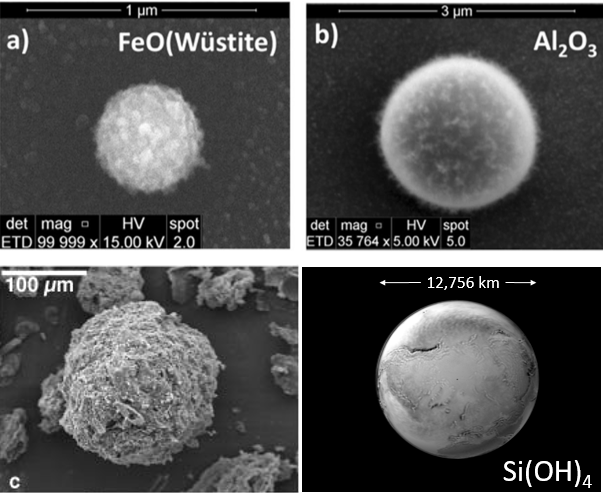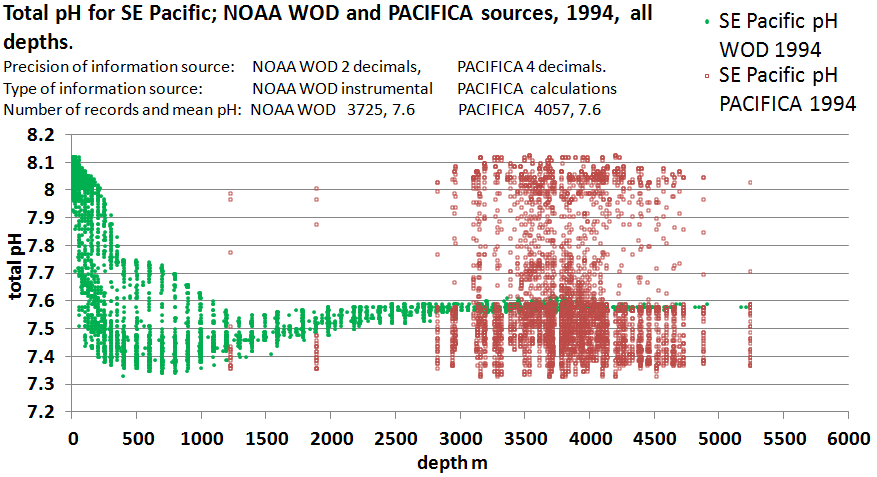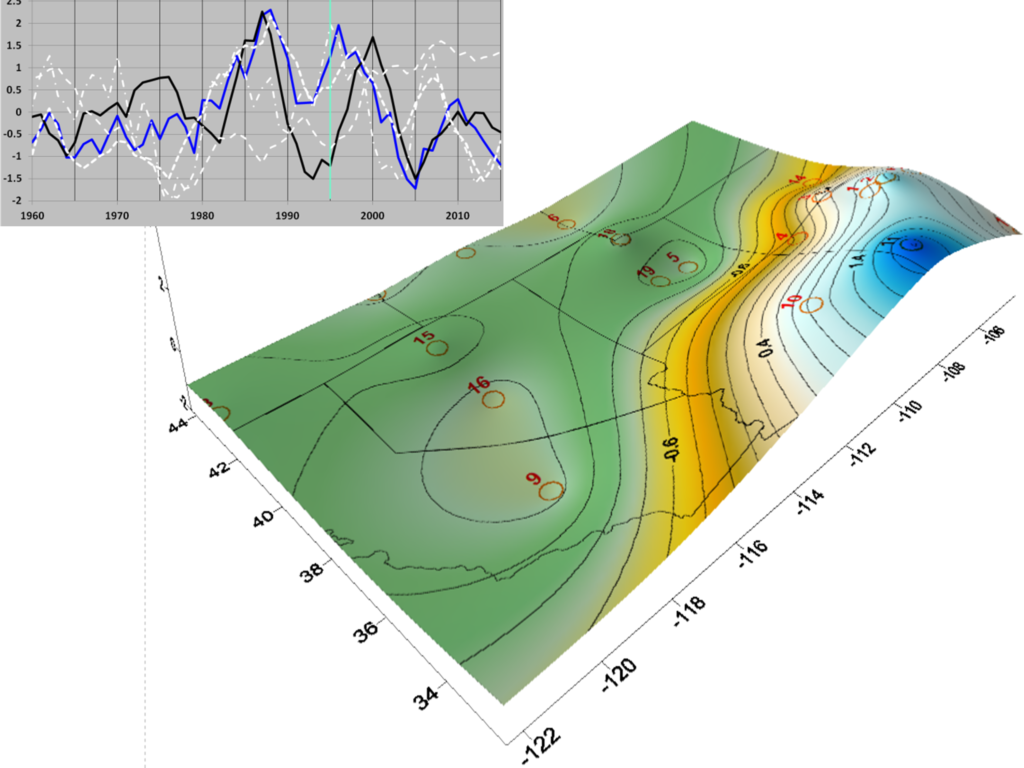
Nano mineral hydroxides and their planetary cousins
Geostrophically speaking, there might be little difference between spinning mineral oxyhydroxides, from the nano to the planetary scale. In the images of the nanoparticles one can see various scales of mineral oxides but the hydrated portions are not apparent (as far as I can tell as a student). In contrast the Earth in the lower right hand image can somewhat be characterized as a partially hydrated mineral sphere, subject to many of the same hydrodynamic laws as its nano sized counterparts. The ripples in the Earth image represent changes in the hydration and the dehydration of the full atmosphere thickness.
This is not a full fledged post so I may update a few times.
Figure: upper left: secondary electron SEM image of iron oxide. upper right: secondary electron SEM image of aluminum oxide (both from Koroglu et al., 2018), lower left: Subrounded maghemite and hematite aggregate (from Grogan et al., 2003). lower right: adapted from Wallace (2019).
Grogan, Kirsty & Gilkes, R & Lottermoser, Bernd. (2003). Maghemite Formation in Burnt Plant Litter at East Trinity, North Queensland, Australia. Clays and Clay Minerals – CLAYS CLAY MINER. 51. 390-396. 10.1346/CCMN.2003.0510404
Koroglu, B., Wagnon, S., Dai, Z., Crowhurst, J.C., Armstrong, M.R., Weisz, D., Mehl, M., Zaug, J.M., Radousky, H.B., and Rose, T.P., 2018. Gas Phase Chemical Evolution of Uranium, Aluminum, and Iron Oxides. Nature Scientific Reports. 8:10451 DOI: 10.1038/s41598-018-28674-6
Michael G. Wallace (2019) Application of lagged correlations between solar cycles and hydrosphere components towards sub-decadal forecasts of streamflows in the Western USA, Hydrological Sciences Journal, 64:2, 137-164, DOI: 10.1080/02626667.2019.1567925
 8106total visits,2visits today
8106total visits,2visits today

